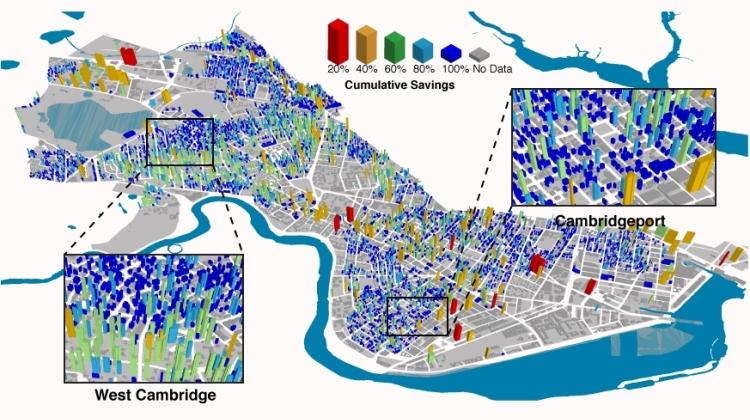Climate and Real Estate Hub

The real estate sector is responsible for 40% of all carbon emissions globally. At the same time, with the built environment at risk to fire, flooding, hurricane, extreme heat and drought, there is significant demand for transforming the real estate sector to adapt to the increasing occurrence of such extreme events. The Climate and Real Estate Research Hub is an interdisciplinary research team at the the intersection of climate science and real estate fields, using methods from economics, urban planning, environmental science, computer science, building technology and behavioral science. Topics include building decarbonization and electrification, embodied carbon in the construction sector, uncovering preferences for sustainable investments of institutional investors or the estimation of value impacts of climate risk on real estate markets.
Team members include: Siqi Zheng, Juan Palacios, Fábio Duarte, Yichun Fan, Katelyn McVay, and Yuchen Chai
Image credit: Jameson L. Toole from David L. Chandler's MIT News Office piece: How to make cities more energy efficient


